Who is responsible for health and safety in your workplace?
Employers, employees, everyone – or your company culture?
You need only look at the Health and Safety Executive press releases to understand that many of the UK’s companies suffer from poor safety records. A major reason for this is because corporate culture doesn’t ensure that those responsible for workplace health and safety are actively involved in it. Get the culture right, and your health and safety record should improve. So, who is responsible for your health and safety?
What the law says about responsibility for workplace health and safety
The law is very clear about who holds responsibility for health and safety in your workplace. The Health and Safety at Work etc. Act 1974 (HSWA) confers duties on all to ensure health and safety in the workplace. This includes:
- Employers
- Self-employed
- Controllers of premises
- Managers
- Contractors
- Manufacturers
- Employees
Yes, employees are also responsible for workplace health and safety
 Many employees don’t realise that they also have a responsibility for their own health and safety in the workplace. This is covered in Section 7 of the HSWA, which states that employees have a duty:
Many employees don’t realise that they also have a responsibility for their own health and safety in the workplace. This is covered in Section 7 of the HSWA, which states that employees have a duty:
- To cooperate with their employer (e.g. by wearing PPE equipment)
- Not to put themselves or others in danger through their actions or omissions
Before an employer believes that this section of the law absolves them of ultimate health and safety responsibility in the workplace, they should examine their workplace culture. Employees often feel pressured to ‘get the job done’ without regards for safety. They take risks, believing that their welfare and health and safety is the sole responsibility of their employer. There are two important questions all employers should ask themselves:
- Does your workplace culture encourage employees to take risks?
- Do your practices include health and safety training?
Employers can be responsible for their employees’ actions
While Section 7 of the HSWA appears to place full responsibility on employees for their own health and safety at work, the law also realises that an act or omission may not be an employee’s fault. It could be your negligence that has led to the health and safety regulations being compromised. This possibility is covered in Section 8 of the HSWA, which enables:
- An employee to be charged with a health and safety offence without the employer being charged
- The employer to be charged because of their negligence without the employee being charged
- Both the employer and employee being charged
- Another person to be charged if the act or omission is their fault
- An employer to be sued because of vicarious liability
The consequences of a breach of health and safety regulations
Being sued and taken to court is the tip of the iceberg as far as penalties and sanctions for breach of health and safety regulations are concerned:
- There could be criminal liability, resulting in sizeable fines and up to six months’ imprisonment.
- You may also be the subject of a civil lawsuit or personal injury claim (itself, a whole industry now). Often, the evidence used in a criminal prosecution will be presented in a civil claim.
How can employers avoid court action for health and safety breaches?
In most cases of health and safety breaches, the employer is prosecuted, fined, or the subject of a compensation claim. To avoid this, as an employer you must show that the employee was acting ‘on a frolic of his own’. What does this mean?
In practice, you must ensure that your employees:
- Are aware of their duty to look after their own welfare at work
- Put the safety of themselves and others above the need to get the job done
- Are knowledgeable and competent in the use of machinery and equipment in the workplace
- Use PPE when required to do so
- Report faults and health and safety risks immediately
For many employers, this strategy is a shift in their existing culture, with health and safety considered first and foremost and employees encouraged to participate in the development and maintenance of their organisation’s health and safety policy.
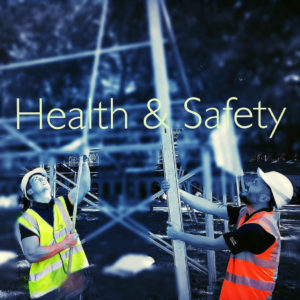 This can be a difficult task. Employees may be naturally suspicious of such a cultural change. You may not have the in-house expertise to inform your new culture and develop an effective health and safety policy. There is likely to be health and safety training needs, too. The effort, though, is worth it. Your employees will be better protected, as will you. Morale and productivity should rise. Your bottom line should react positively.
This can be a difficult task. Employees may be naturally suspicious of such a cultural change. You may not have the in-house expertise to inform your new culture and develop an effective health and safety policy. There is likely to be health and safety training needs, too. The effort, though, is worth it. Your employees will be better protected, as will you. Morale and productivity should rise. Your bottom line should react positively.
The consultancy services of Integral SM include Health and Safety Appraisals, Workplace Risk Assessments, Workplace Inspections and Audits, and Health and Safety Training. To make a cultural shift towards effective health and safety in your workplace, contact Integral Safety Management today.
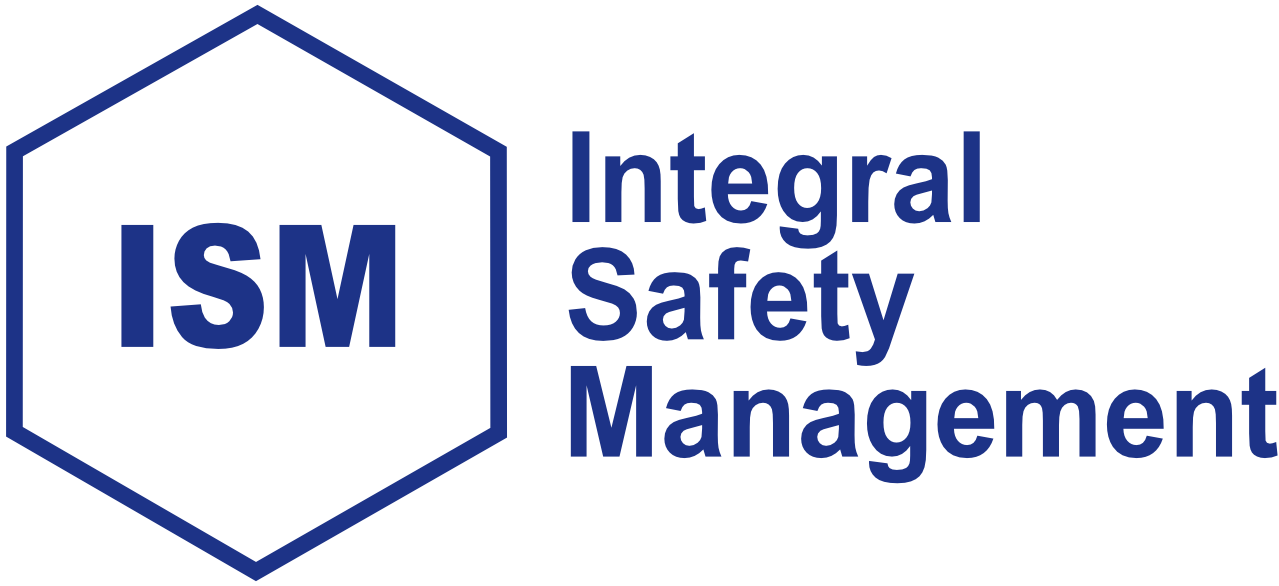
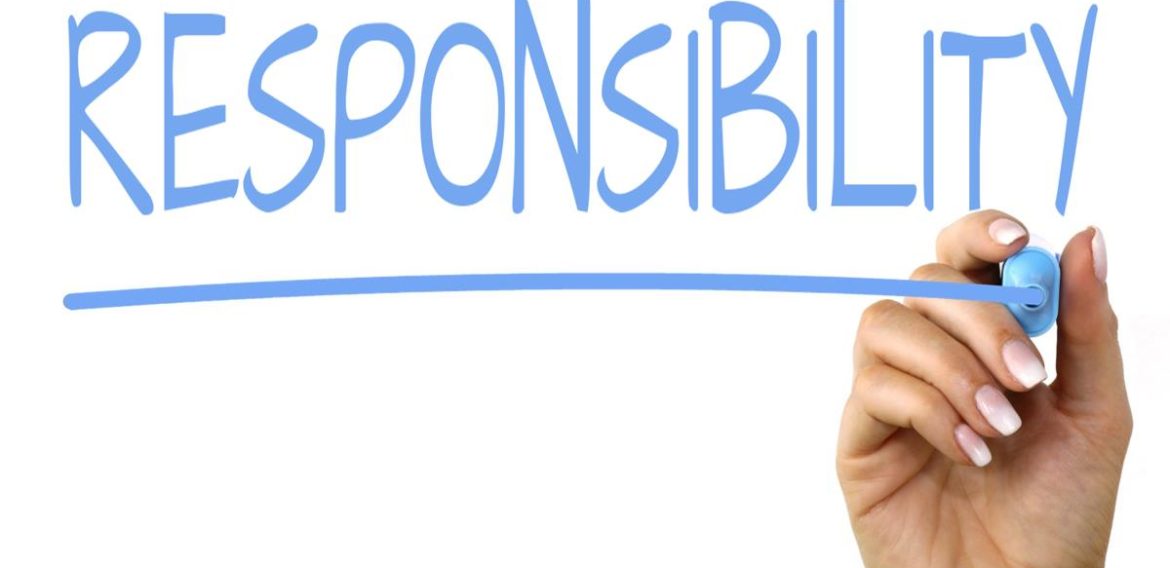
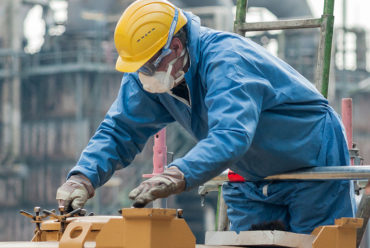
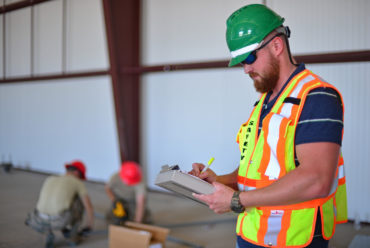


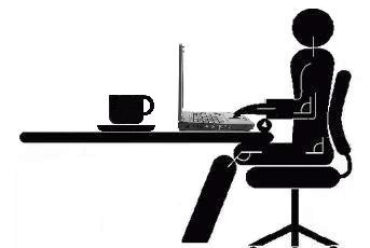
No Comments